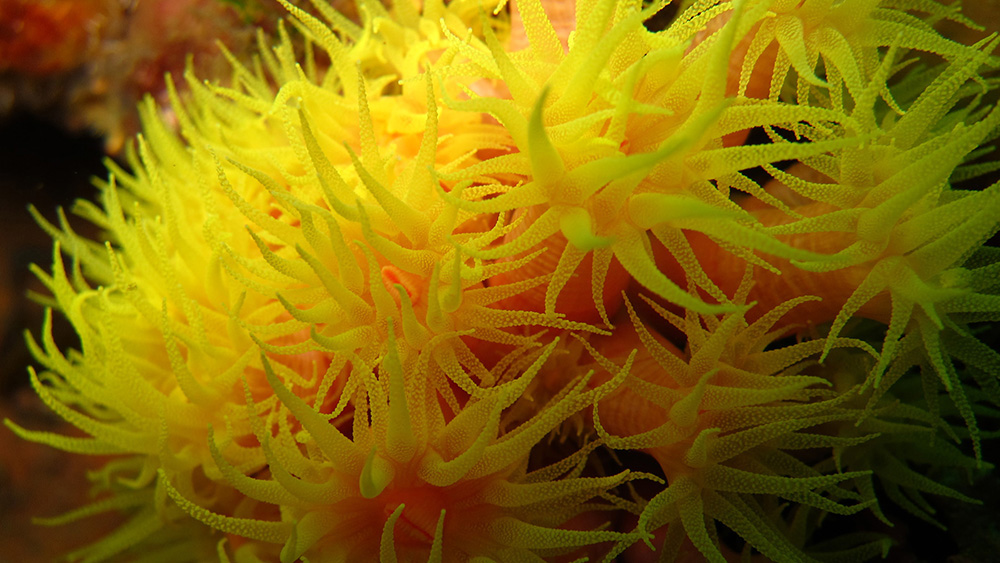
Orange Cup Coral (Tubastraea sp.) is a hard coral species from the Indo-Pacific that has established itself throughout the Tropical Western Atlantic, which includes the Caribbean and Gulf.
Although it is a hard coral, it is classified as ahermatypic, meaning that it is not considered a reef-building coral.
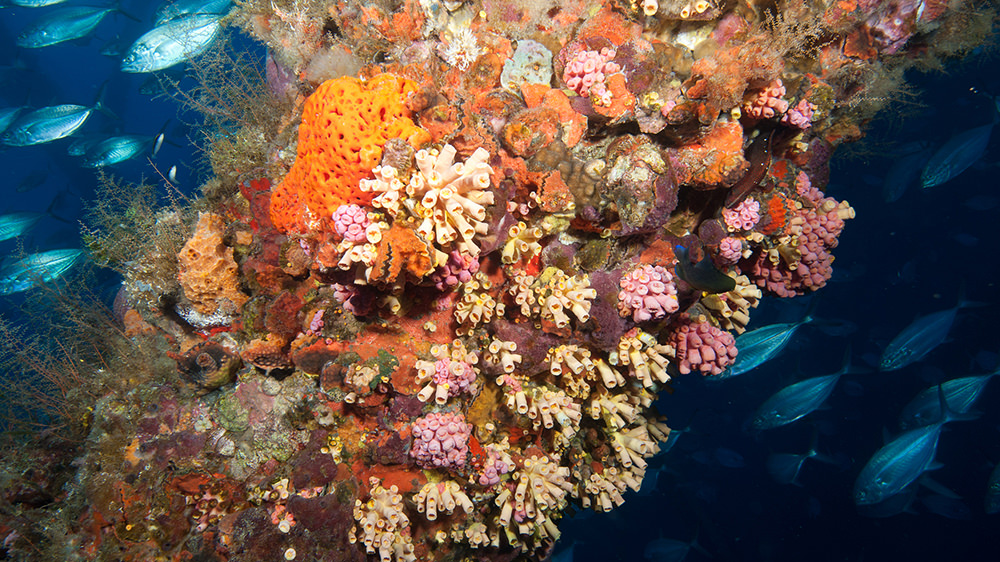
Orange cup coral also lacks any symbiotic algae and is, therefore, not dependent on photosynthesis for food production. In fact, it actually prefers shaded vertical areas such as dock pilings, small caves, and walls beneath overhanging ledges.
The Invasion
Orange cup coral was first observed in Puerto Rico and Curacao in 1943. Since 1948 several specimens have been found attached to ship hulls, leading scientists to speculate that this is most likely how it arrived from the Indo-Pacific in the first place. Ship ballast water is another suspect.
From Puerto Rico and Curacao, orange cup coral spread via typical current patterns in the Caribbean, gradually migrating to the southeast along the coast of Brazil and northwest into the Gulf.
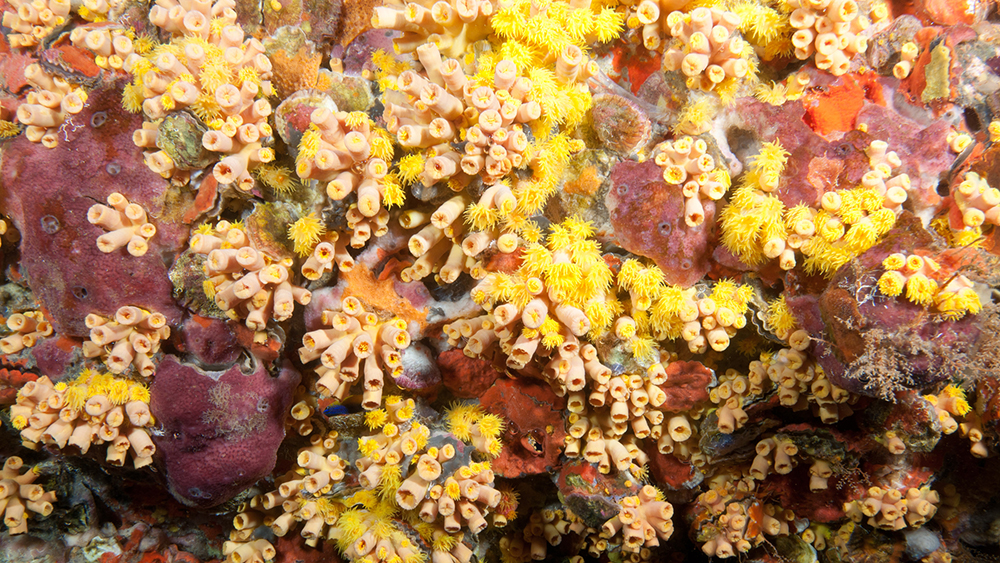
In the Gulf, it seems to have found ideal habitat in the form of oil and gas production platforms, where it is the dominant coral species. Hundreds of thousands of colonies may exist on a single platform (Sammarco et. al. 2010).
With 2,000-3,000 platforms in the northwestern Gulf at any time, and up to 100 within 25 miles of the sanctuary, it's easy to see how orange cup coral arrived at the Flower Garden Banks.
The Concerns
Many studies of orange cup coral have been focused in Brazil where it has spread unchecked across much of their shallow reef ecosystem. Studies have also taken place in the Gulf, focusing on oil and gas platforms. Through these studies, scientists have identified two main concerns.
- Orange cup coral displaces native corals and sponges. The more hard surface areas are colonized by invasive cup coral, the less space is available for native corals and sponges to establish themselves. In addition, some studies indicate that the cup coral uses chemical defenses to prevent other benthic invertebrates from settling nearby and predators from eating it (Lages et. al. 2010).
- Orange cup coral can reproduce within about 1.5 years of settling. The reproductive process involves the release of planula larvae that may float with currents for up to 14 days before settling, allowing plenty of time for them to travel to new locations.
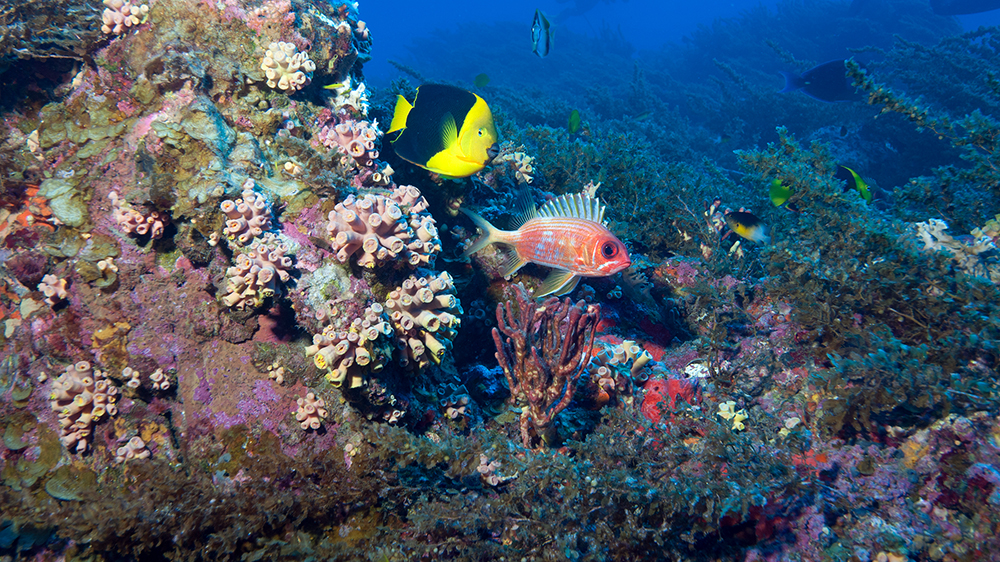
The Response
The initial response to the presence of orange cup coral (Tubastraea coccinea) was physical removal from the reef. By keeping the cup coral population from becoming too established, we hoped to lessen its impact on native coral and sponge populations.
In July 2012, for example, sanctuary researchers discovered a section of reef at West Flower Garden Bank that was covered in orange cup coral and removed over 200 colonies of the invasive species in about 45 minutes. (Sanctuary regulations require a permit for this activity.)
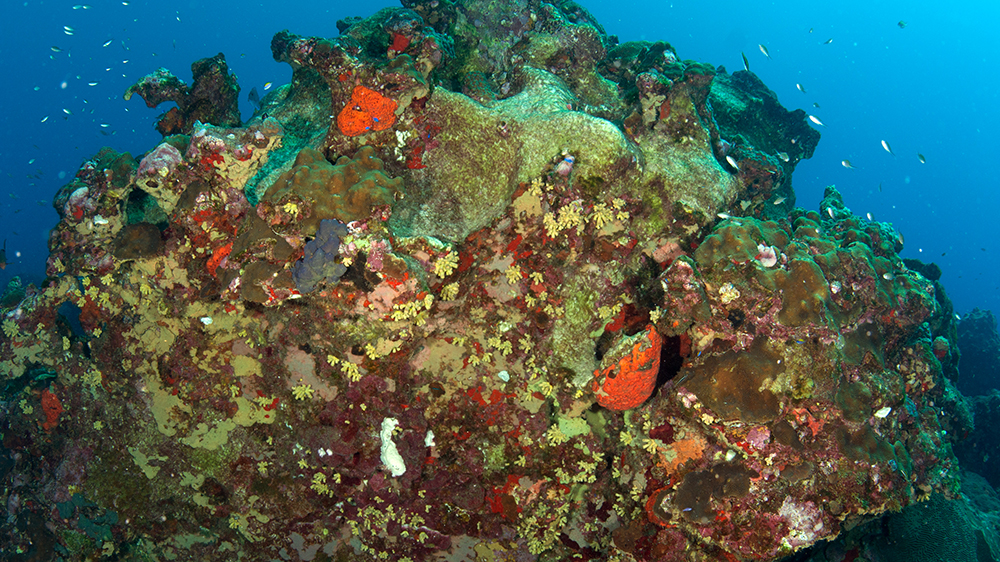
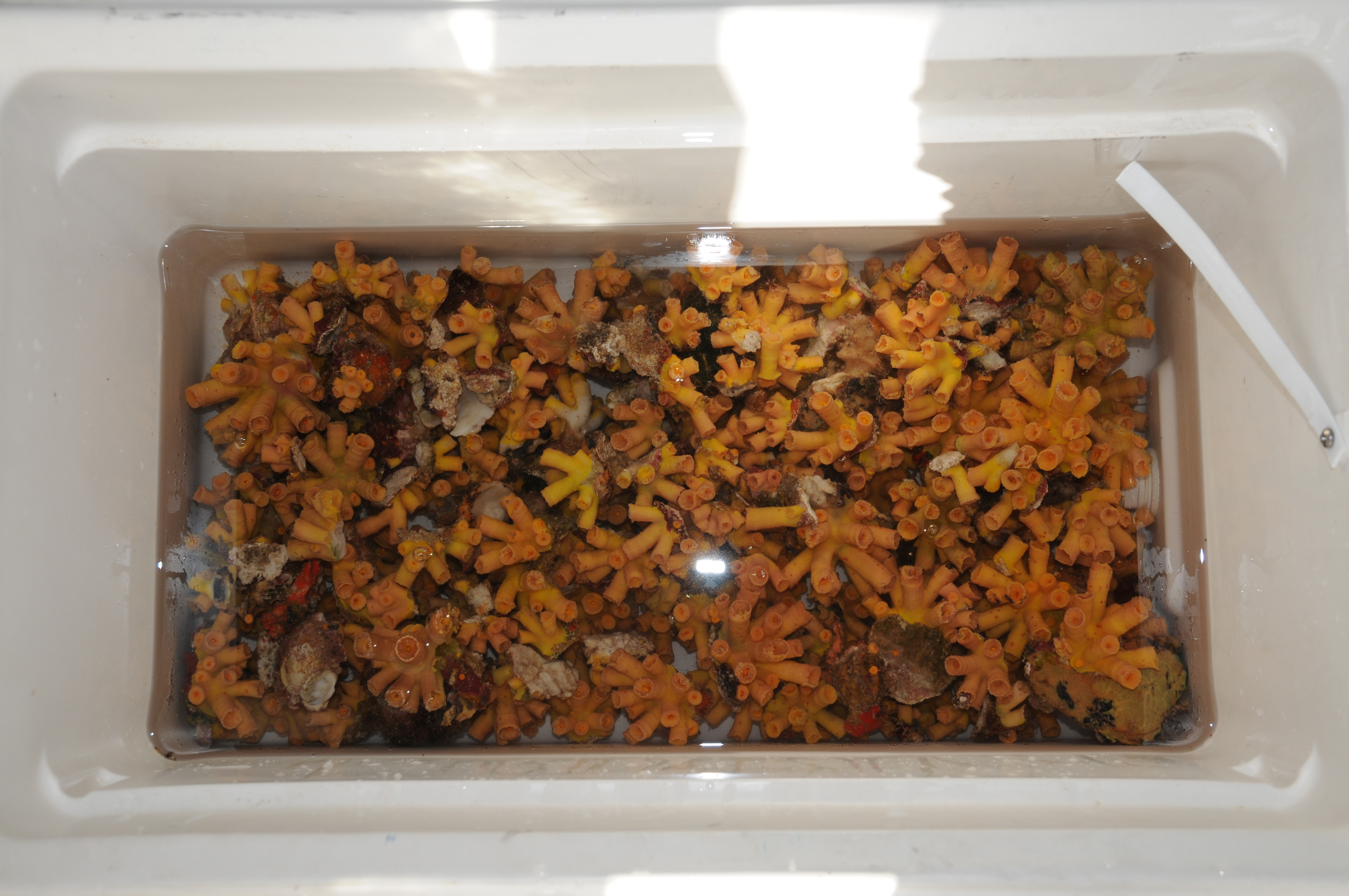
However, we now think that removal is ineffective. It was extremely difficult to get the bases of the corals removed, and they just grew back. We also think that removals may possibly spread the coral as a result of small fragments breaking off.
At this time, we do not plan to remove any further colonies, but will continue to monitor the situation.
What You Can Do
You can help us monitor the situation by reporting any sightings of orange cup coral within the sanctuary. Please include the date, time, and location of the sighting as well as an approximate heading and distance from the nearest mooring buoy.
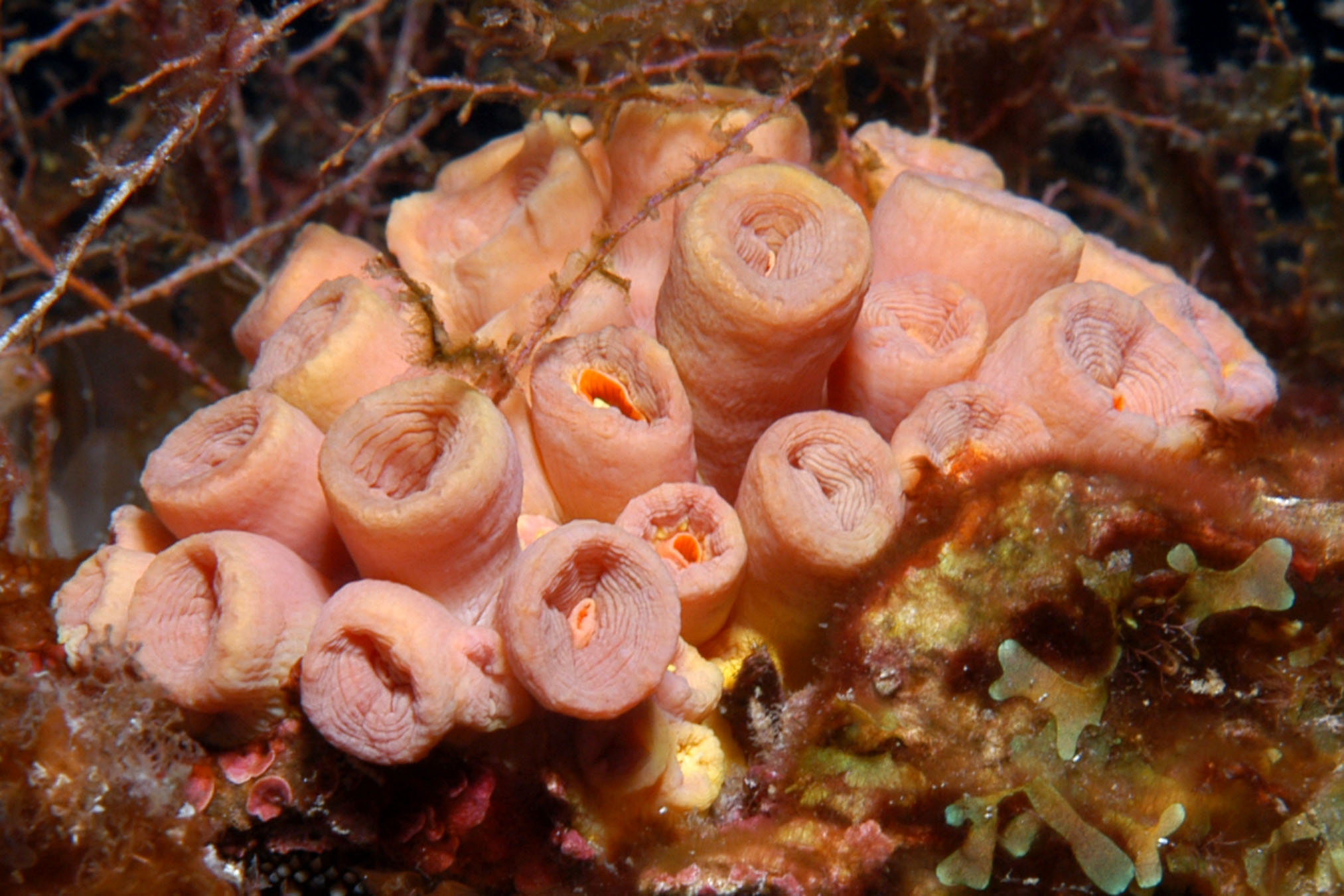
During the daytime, colonies are usually closed and may not be as recognizable. At night, orange cup coral is usually feeding so its tentacles will be extended. Color may range from pale yellow to brilliant orange.
To report a sighting, please email us at flowergarden@noaa.gov

